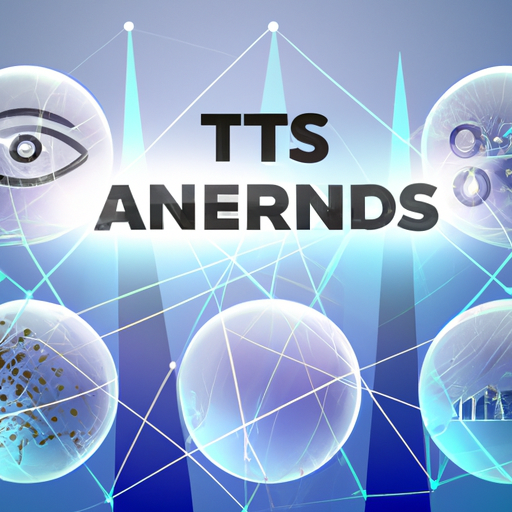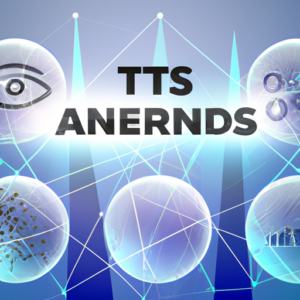Top 5 AI Trends Shaping the Future of Technology

Top 5 AI Trends Shaping the Future of Technology
Introduction
Artificial Intelligence (AI) has become an integral part of our modern world, transforming the way we interact with technology. From autonomous vehicles to voice assistants, AI is driving innovation and shaping the future of technology. In this article, we will explore the top 5 AI trends that are set to revolutionize various industries and redefine the way we live and work.
1. Machine Learning
Machine Learning (ML) has gained tremendous popularity in recent years and shows no signs of slowing down. ML algorithms enable machines to learn and improve from experience without being explicitly programmed. This trend is particularly significant in industries such as healthcare, finance, and e-commerce, where ML can be utilized to detect patterns, make predictions, and enable personalized experiences. As more data becomes available, machine learning models will become increasingly accurate and powerful.
2. Natural Language Processing
Natural Language Processing (NLP) is a branch of AI that focuses on the interaction between computers and human language. With advancements in NLP techniques, machines are now better equipped to understand, interpret, and generate human language. Virtual assistants like Siri and Alexa, as well as chatbots, are becoming more conversational and capable of understanding complex queries. NLP is also being used in sentiment analysis, language translation, and content generation, allowing businesses to provide better customer experiences.
3. Robotics and Automation
The integration of AI with robotics is transforming industries ranging from healthcare to manufacturing. With AI-powered robots, tasks that were once considered dangerous or time-consuming can now be executed with precision and efficiency. From robotic surgery assistants to autonomous drones, AI is revolutionizing the way we approach various tasks. As AI technology continues to evolve, we can expect to see more sophisticated robots capable of advanced problem-solving and decision-making.
4. Computer Vision
Computer Vision is an AI field focused on enabling machines to see and interpret visual data, much like a human. With advancements in deep learning and neural networks, computer vision is becoming increasingly accurate and reliable. This technology has numerous applications, such as facial recognition, object detection, and image analysis. In industries like retail and security, computer vision can enhance customer experiences and improve surveillance systems.
5. Edge Computing and AI
Edge computing refers to processing data and performing computations at the edge of the network, closer to the source of data generation. With the rise of AI applications that require real-time decision-making and low-latency responses, edge computing is becoming crucial. By deploying AI algorithms and models at the edge, businesses can reduce latency, enhance privacy and security, and optimize bandwidth usage. This trend opens up new possibilities for AI applications in areas with limited internet connectivity.
Conclusion
The ever-evolving field of AI is driving technological advancements across various industries. From machine learning to natural language processing, robotics to computer vision, and edge computing to AI, these top 5 trends are reshaping our future. As AI technology continues to mature, it will undoubtedly provide us with more efficient, intuitive, and personalized experiences. Whether it’s in healthcare, finance, or everyday tasks, the integration of AI into our lives is set to transform the way we live and work.



